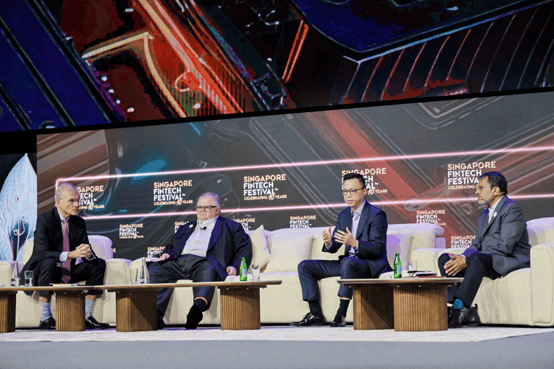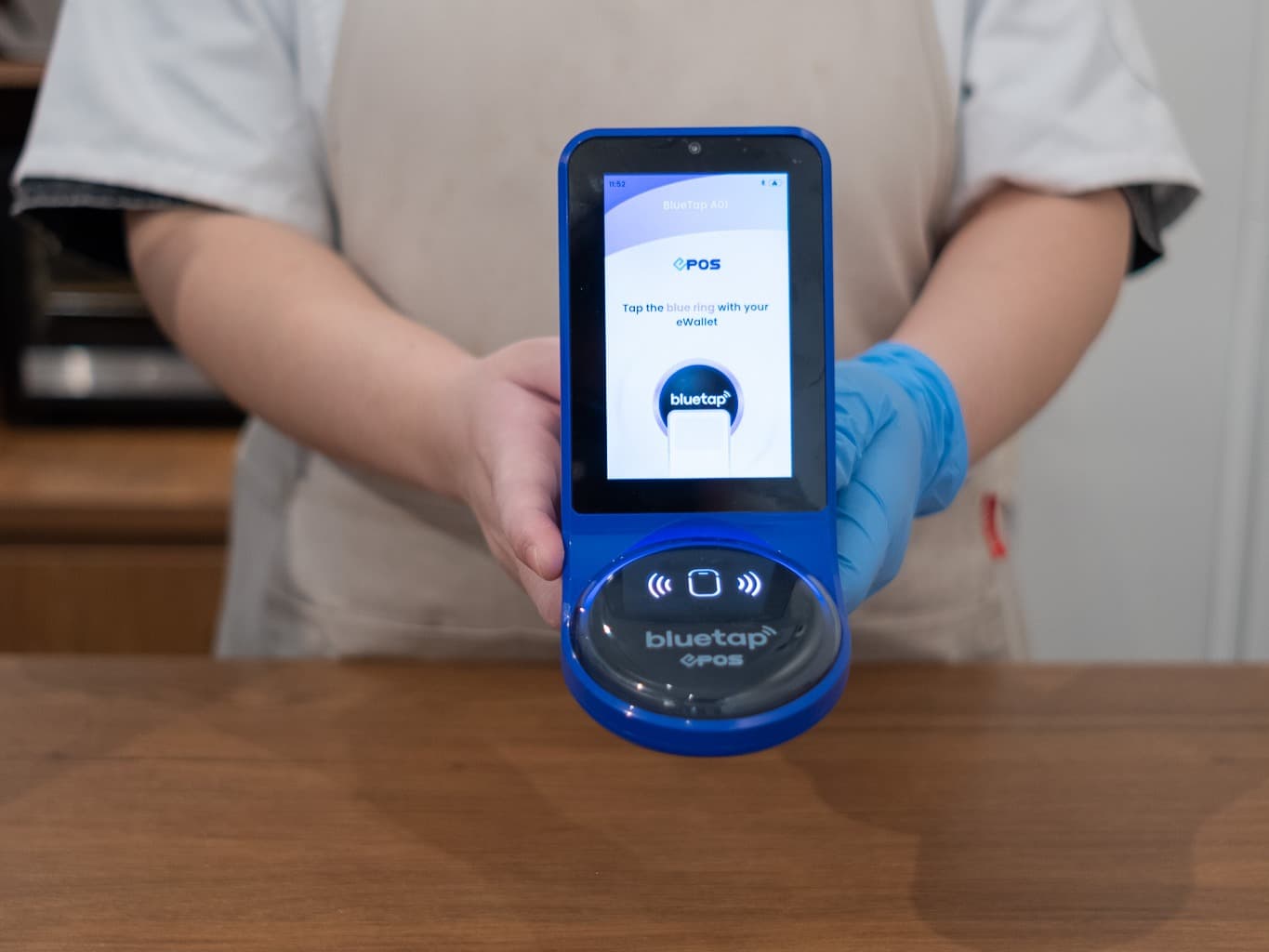

A lazyheadline “This could be the end of Enterprise Blockchain” in a recent edition of awell-known stock investor newsletter seemed to sound the death knell for blockchain technology and its enterprise applications.
Far from it. I am pleased to confirm that the technology and its enterprise applications remain aliveand kicking.
The furore was driven by the announcement by Tradelens, a joint venture between Maersk and IBM, which had a bold vision for a blockchain-powered supply chain ecosystem are now terminating the project because of a ‘lack of cooperation and support.’ This is undoubtedly disappointing but before we write off the application, itis worth digging deeper.
Blockchain technology could be transformative for the way we do business and trade – and has trust built-in to its core. Supply chain visibility is the killer application. Supply chains struggle with visibility throughout the process and exchange of information between each stakeholder. Information flowing down through the chain to the lowest level of suppliers gets changed to what each participant wants the next to do rather than what the ultimate buyer intended. The same happens in reverse as those in the manufacturing process send information which may not reflect the true position. Imagine if all stakeholders had a single source of truth and could adjust manufacturing quantities or store display units in real time. Surely this is worth investing in?
Certainly, providing it’s commercially viable.
The adoption of blockchain as a technology is following the classic framework set out by Geoffrey Moore in his infamous book (1991) “Crossing the Chasm.” It starts with the Innovators who manage to persuade Early Adopters to try out the technology. During this period technologieschange and adopt to address a wider customer need.
Thereafter, the technology targets an early majority of customers who would form the bedrock of reference customers attracting the wider majority; ending with the laggards to complete the adoption curve.
As the technology progress through the framework, adoption costs decrease significantly making the technology available for a wider audience. However, blockchain is quite unique in the way that it could benefit from the network effect.
Blockchain is all about data: data integrity, data transparency, data sharing and data trust. Currently, enterprise data systems are built to prevent sharing and unquestionablylack trust and integrity. Blockchain has a fundamental role in rebuilding data management strategies and objectives of the enterprise to enable the future of shared data.
Most trading organisations are active in two supply chains: physical and financial. The financial supply chain has the advantage of having been born digital while the physical one remains analogue and therefore significantly slower. According to IBM and Maersk, 25 per cent of containers, carrying about 80 per cent of goods used by consumers each day, are late by one to three days on average. Furthermore, the administration cost of moving goods around is about 20 per cent of the cost. This just proves how far we still must go and the opportunities to be harvested by new technologies such as blockchain. Unsurprisingly, most executives in large enterprises globally consider blockchain to be one of their key strategic opportunities in the next 12-24 months, particularly in their supply chain or in achieving their sustainability goals.
The enterprise pain points are there and the commercial opportunity is significant but to create the optimal network effect, you need widescale adoption. If the lowest tier in your supply chain cannot afford to adopt your platform because it is too expensive or requires a higher level of digital infrastructure then the platform cannot evolve to cover the full supply chain.
When we [Finboot] recently worked with SABIC, one of the world’s leading chemical companies, to track petrochemical feedstocks on a blockchain using Finboot’s MARCO platform, it saved the company money.
“Tracing the journey of [plastic] feedstock through the complex petrochemical value chain is currently a difficult undertaking and SABIC’s pilot is the first of its kind in the industry to trace the product from feedstock production to converter, going further than previous industry applications of blockchain in end-to-end tracing. The platform offers reduced costs, time and improved data integration for all value chain partners,” the company said in its Q3 results statement.
MARCO has been designed with the entire supply chain in mind and is delivered on a software as a service (or SaaS) model which significantly reduces upfront investment. Furthermore, MARCO is a highly configurable low-code/no-code platform which makes it easy and cost effective to dynamically adjust for changes in the supply chain ecosystem unlike bulky systems where changes may need a period of re-design.
Exchanging data between enterprises is current a barrier to greater ecosystem cooperation. Legacy technologies such as Electronic Data Interchange (EDI)are known to be inflexible and expensive. Blockchain could be a similar carrier of information across fragmented supply chains.
The return on investment for any new technology must be clearly defined as you seek to cross from the early adopters to the early majority. Thereafter, the business case for the technology is more established leading to industry standard pricing frameworks.
Tradelens’ clients complained of exorbitant costs for a platform which in effect “sold you back the limited data you provided it.” While IBM focussed on large corporates where they could upsell into their professional service layer.Not even an IBM can deliver the “whole product solution” to a customer. Such technologies require a collaboration with a broad universe of technology vendors whose delivery models may be more appropriate. Maybe if MARCO was used as the platform for Tradelens, the project would be rolling out today.


